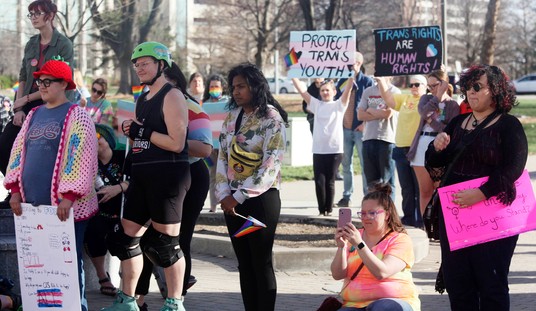Despite what looks like a national mortgage market, what we do not have is a national foreclosure process. Almost all the law that matters in terms of foreclosures is at the state level (which is both good and bad, and it is not clear to me which dominates). One of the biggest differences is whether a lender has to go before a court to seek a foreclosure, or whether such can be handled administratively. Although even in administrative states, borrowers do have redress to the courts when things go wrong (besides the actual fact of a foreclosure).
 The above chart, put together by the Mortgage Bankers Association, lists states by percentage of loans in some stage of the foreclosure process. Also listed (color-coded) is which states have a judicial, that is court-driven, foreclosure process and that those that do not. The most noticeable difference is that, with a few exceptions, the states with the highest percentage of properties still in foreclosure are those with a judicial foreclosure process. Perhaps most surprising is that states like California and Arizona, which were ground-zero for the housing bubble, have foreclosure inventories, as a percent of loans, below the national average.
The above chart, put together by the Mortgage Bankers Association, lists states by percentage of loans in some stage of the foreclosure process. Also listed (color-coded) is which states have a judicial, that is court-driven, foreclosure process and that those that do not. The most noticeable difference is that, with a few exceptions, the states with the highest percentage of properties still in foreclosure are those with a judicial foreclosure process. Perhaps most surprising is that states like California and Arizona, which were ground-zero for the housing bubble, have foreclosure inventories, as a percent of loans, below the national average.
A common refrain for slowing the foreclosure process is that such is thought to slow the decline in housing prices. The facts, as they relate to judicial foreclosures which do take considerably longer, is just the opposite. Based on state-level price data from Zillow, non-judicial states saw prices fall 3.3% over the course of 2011, whereas prices fell 4.5% in judicial states. While there’s a lot driving house price declines, it doesn’t look as if the judicial process is helping. Similar results hold if you date back to the peak of the bubble. Judicial states have seen, on average declines of about 20%, whereas non-judicial have seen declines of about 17% (not population weighted).
Recommended
Now, I am a big believer in respecting contracts, and the existing legal environment is part of the contract, so I’m not advocating that states change their foreclosure process for existing loans. For loans not yet made, however, there appears to me to be the case for at least examining the merits of judicial foreclosure (or even better let borrowers and lenders freely contract to choose their own rules).






















Join the conversation as a VIP Member